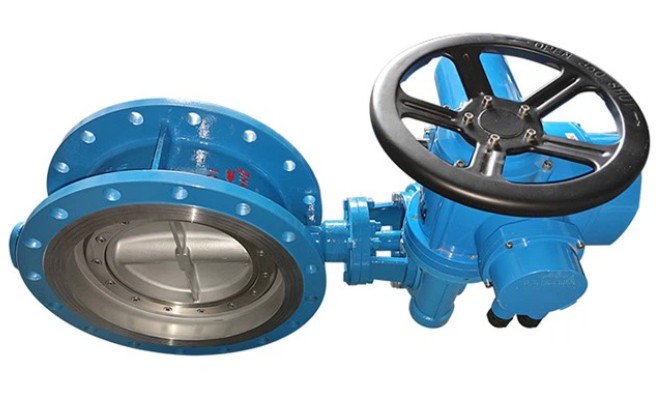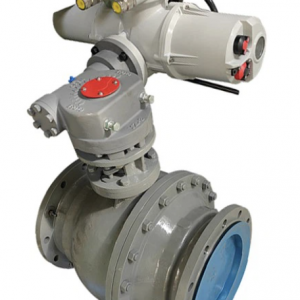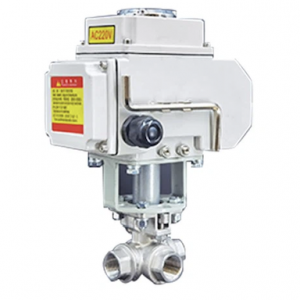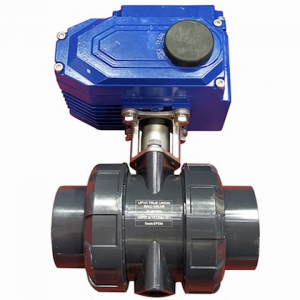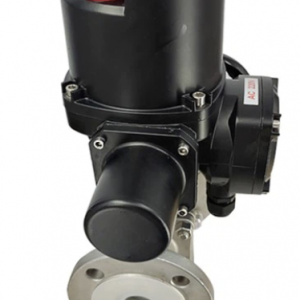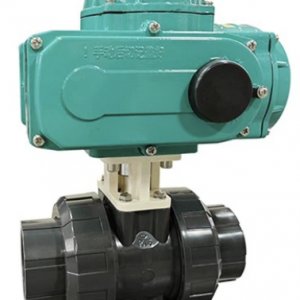Description
Manufacturer Eccentric Precision Casting Butterfly Valve is a valve that uses a circular butterfly plate as a start and stop part and rotates with the valve stem to open, close and adjust the fluid channel. The butterfly plate of the butterfly valve is installed in the diameter direction of the pipeline.
electric metal seal butterfly valve
Simple structure, small size, light weight, low material consumption.
Many specifications
Full function
High accuracy
Flexible installation
Convenient debugging
Light weight
The electric butterfly valve is a valve that uses a circular butterfly plate as a start and stop part and rotates with the valve stem to open, close and adjust the fluid channel. The butterfly plate of the butterfly valve is installed in the diameter direction of the pipeline.
In the cylindrical channel of the butterfly valve body, the disc-shaped butterfly plate rotates around the axis, and the rotation angle is between 0° and 90°. When it rotates to 90°, the valve is fully open.
working principle
The butterfly valve has the characteristics of simple structure, small point volume, light weight, low material consumption, small installation size, fast switching, 90° reciprocating rotation, small driving torque, etc. It is used to cut off, connect and adjust the medium in the pipeline, and has good fluid control characteristics and closing sealing performance. When the butterfly valve is in the fully open position, the thickness of the butterfly plate is the resistance of the medium flowing through the valve body, so the pressure drop generated by the valve is very small, so it has good flow control characteristics. Butterfly valves have two sealing types: soft seal and metal seal. For soft seal valves, the sealing ring can be embedded in the valve body or attached to the periphery of the butterfly plate.
Valves with metal seals generally have a longer life than valves with soft seals, but it is difficult to achieve complete sealing. Metal seals can adapt to higher operating temperatures, while soft seals have the defect of being limited by temperature.
If the butterfly valve is required to be used as a flow control, the main thing is to correctly select the size and type of the valve. The structural principle of the butterfly valve is particularly suitable for making large-diameter valves. Butterfly valves are not only widely used in general industries such as petroleum, gas, chemical industry, and water treatment, but also in the cooling water system of thermal power plants.
Commonly used butterfly valves include wafer butterfly valves, flange butterfly valves, and butt-weld butterfly valves. Wafer butterfly valves use stud bolts to connect the valve between two pipe flanges; flange butterfly valves have flanges on the valve, and the flanges on both ends of the valve are connected to the pipe flanges with bolts; butt-weld butterfly valves have both ends welded to the pipe.
